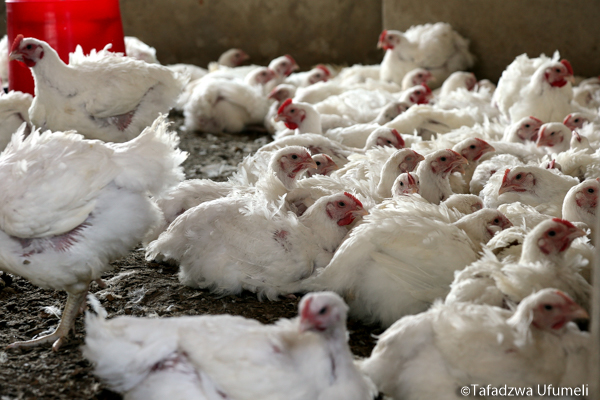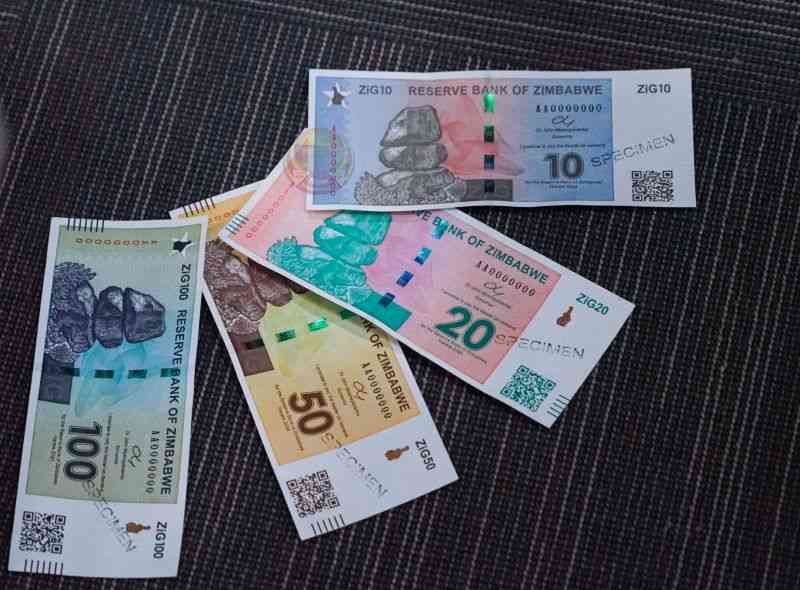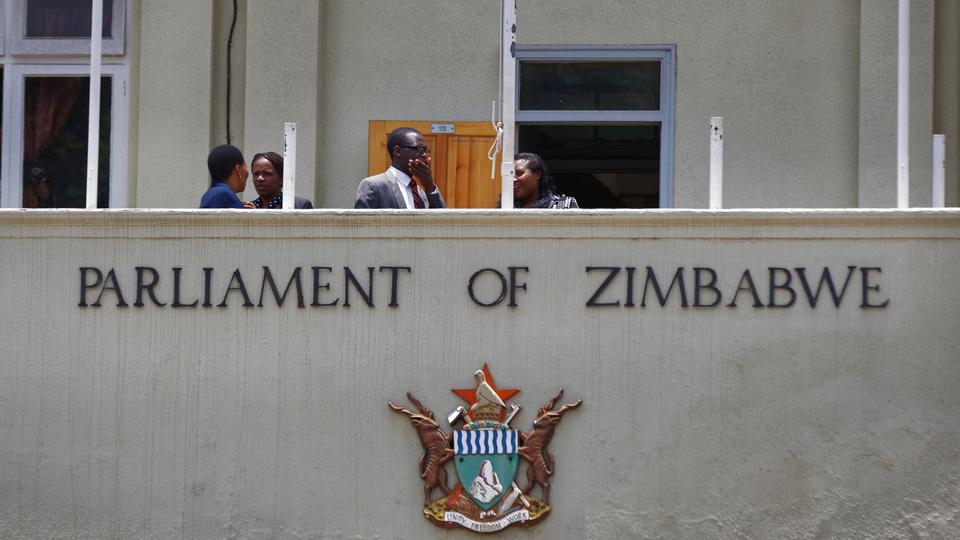
ZIMBABWE’S poultry sector recorded a 13% drop in output after producing an average of 16,95 million day-old chicks in the first quarter of this year, Zimbabwe Poultry Association (ZPA) chairperson Solomon Zawe has said.
BY MTHANDAZO NYONI
In his latest industry update, Zawe said production of broiler chicks took a knock in the first quarter to March compared to the same period last year, averaging 5,65 million per month.
Last year, 19,41 million chicks were produced between January and March.
Zawe said following the imposition of movement restrictions in April this year, chick uptake plummeted further to 4,1 million.
“As a direct result of small and medium producers not being able to access transport or being denied permission to collect feed and other inputs from agro-dealers located in central business districts of urban areas, 1,4 million chicks were destroyed in April. Following readjustments by breeders, chick production remained at 4,1 million in May,” he said.
Chick prices increased by 46% in the first quarter and a further 79% for April and May.
In May, chick prices had increased to $2 436 (US$39) per 100 birds.
- Chamisa under fire over US$120K donation
- Mavhunga puts DeMbare into Chibuku quarterfinals
- Pension funds bet on Cabora Bassa oilfields
- Councils defy govt fire tender directive
Keep Reading
The number of birds processed by large-scale abattoirs was 1,97 million per month in the period under review, which was 4% down on the same period last year.
Similarly, large-scale, small-scale and total broiler meat production increased by 6 to 9%.
“However, over the months of April and May, large- and small-scale broiler meat production is estimated to have declined by 10 and 17% respectively, yielding an estimated total 6 274 metric tonnes (mt) per month over this period,” the ZPA boss said.
Despite these reductions in production, Zawe said large-scale stockholding increased to their highest levels of 2 542mt in April and 2 254mt in May.
While producer prices over these months increased by 57% to $61,44 per kg, prices indexed to the US dollar declined by 10% to US$1,18 per kg.
Wholesale prices on average increased by 44% in the first quarter and a further 57% for April and May. However, indexed to the US dollar, prices for the first quarter remained static and decreased by 10% for April and May. Total growing and in-production layer breeder stocks averaged 45 990 birds per month in the first quarter of 2020, a decrease of 2% on the prior period.
Production of layer hatching eggs in the period under review averaged 0,64 million eggs per month, being a decrease of 12% compared to the same period last year.
Sexed pullet (layer day-old chicks) production averaged 180 069 per month, being a reduction of 32% on prior quarter.
During the months of April and May, sexed pullet production dropped by 58% and averaged 76 408 pullets per month accompanied by the destruction of 9 800 birds in April.
The average price of sexed pullets rose by 58% in the first quarter of this year and a further 82% for the period April and May, peaking at $3 700 in May. However, indexed to the US dollar, pullet prices averaged US$56,13 per 100 birds over the April-May period.
Zawe said the national lockdown and movement restrictions due to the COVID-19 pandemic disrupted farmer access to chicks and feed. Although these have been relaxed to some extent, he said demand for broiler meat and table eggs was expected to remain subdued going into the second half of 2020 due to hyperinflation, coupled with restrictions on mobile money transfers.
“Traders are preferring payments in US dollars, putting further strain on demand for poultry products,” he said.
“On the input side, poor local and regional maize and soyabean harvests as well as the current ban on the import of soyabeans and meal will put upward pressure on feed costs during the second half of the year.”
Going forward, Zawe said the reduced viability of local production was likely to lead to withdrawal from the poultry sector, especially by small-to-medium-scale farmers who depend on purchased feeds.
This will likely lead to an upsurge in both legal and illicit imports of cheap poultry products, he said.











